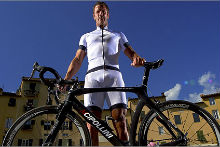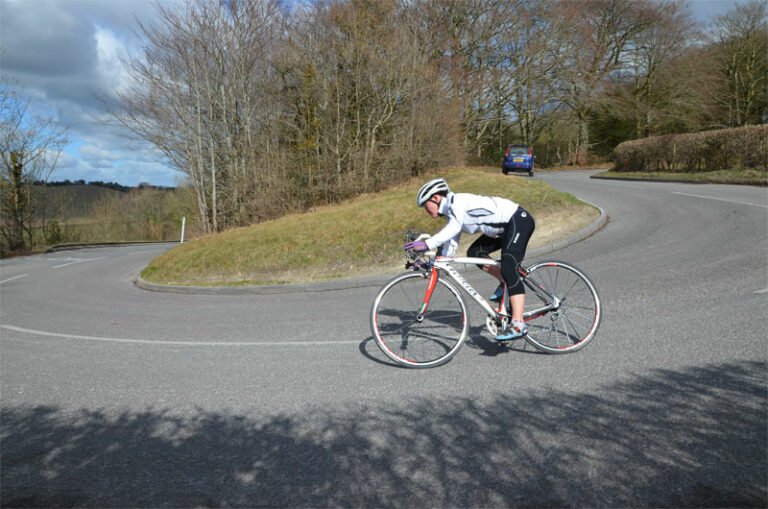The sportive season starts in earnest next month. The ability to complete what for many participants may be their longest ever ride relies as much on adequate consumption of fuel and fluids as on the correct training and equipment.
In the earlier instalments of our sportive nutrition series, we’ve looked at the type of fuelling required (principally carbohydrate) and when to consume it. Today, we turn our attention to hydration and the importance of replacing salts and fluids lost through sweat.
Matt Hart of Torq Fitness and Consultancy isour expert guide through this brief examination of the importance of hydration. Perspiration is a natural consequence of exertion, the body’s way of regulating its core temperature during the increased demands of sustained physical activity. But sweating is not merely the excretion of fluids. It also the loss of crucial salts, or ‘electrolytes’.
“A really good sports drink should have all five electrolytes,” says Hart, “but the most important are sodium and chloride. If you’re just drinking water, you’re only replacing lost fluids. Not only are salts replenishing, they help to retain a homeostatic balance throughout the whole body.”
While a person’s build can be classified within there major groups on somatotypes, there are no set profiles for sweat loss, says Hart. Some people simply lose more sweat than others. Age and body profile are unrelated to an individual’s propensity to sweat heavily or lightly, says Hart.
It has become a maxim that to wait until thirst strikes before rehydrating is to wait too long; that thirst is an indication that the rider is already dehydrated. “The thirst reflex is a poor reflex,” agrees Hart. “You can’t rely on it. It’s very hard to set precise standards. You need to empower yourself with knowledge and understand your own body.”
Hydration rates are also effected by environmental conditions, he says. “In conditions where it’s hotter and dryer and you’re working harder, you should be consuming more fluids. Bizarrely, in hot and dry conditions, you lose more fluid than in humid weather. Although you lose a lot in humid weather, it stays on the surface of the skin,” says Hart.
We began this short series on the nutritional requirements of completing a sportive with an examination of fueling: the types and quantities required to sustain the muscles through the prolonged physical exertion of a sportive. Here, we’ve considered hydration. Hart says the two areas are closely linked, and should not be considered as distinct entities. “It’s really difficult to separate fueling from hydration,” he says. “There are two things that result in performance dropping. One is inadequate carbohydrate intake. The other is inadequate fluid intake,” says Hart.
He gives an example of riding on a hot and dry day. The environmental conditions will increase the rider’s perspiration rate, encouraging him to rehydrate. If the rider’s hydration source is also his fueling source – say, an isotonic sports drink – further fueling with bars and gels may prove unnecessary.
“If you’ve got an energy drink and it has six per cent carbohydrate, with every litre you drink you’re getting sixty grams of carbohydrate. That has big implications for whether you need othertypes of fueling,” says Hart.
He recommends consuming 60 to 90 grams of carbohydrate an hour while in the saddle. An energy bar, gel, or 500ml drink may each contain 30 grams of carbohydrate. The quantity in which each source is consumed could be dictated by environmental conditions, says Hart.
He continues: “In cooler weather, you will be drinking less because your perspiration rate will be lower. That’s when you need to think about solid forms of fueling: bars and gels.”





